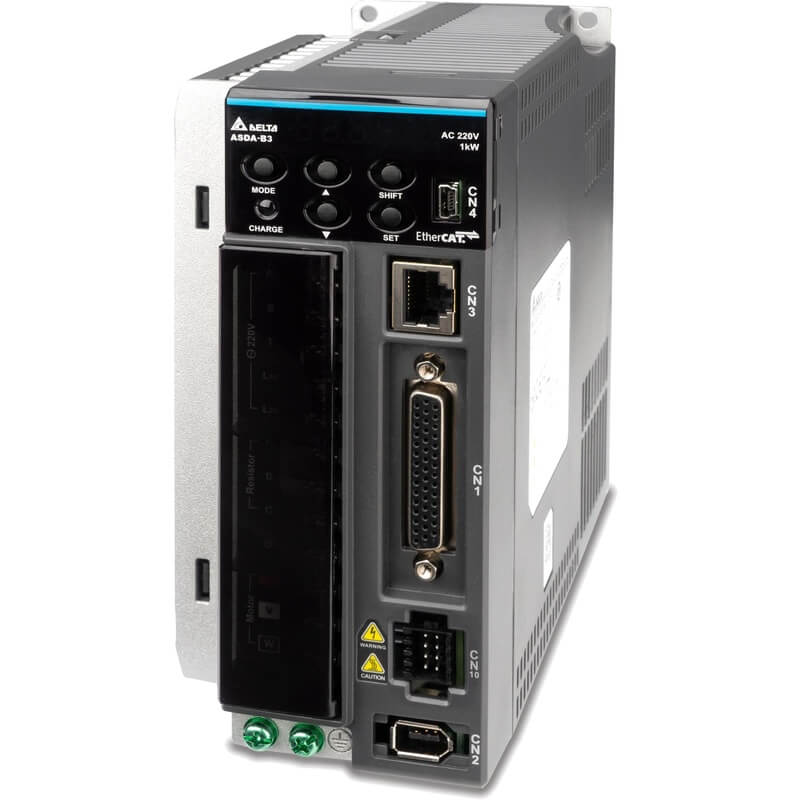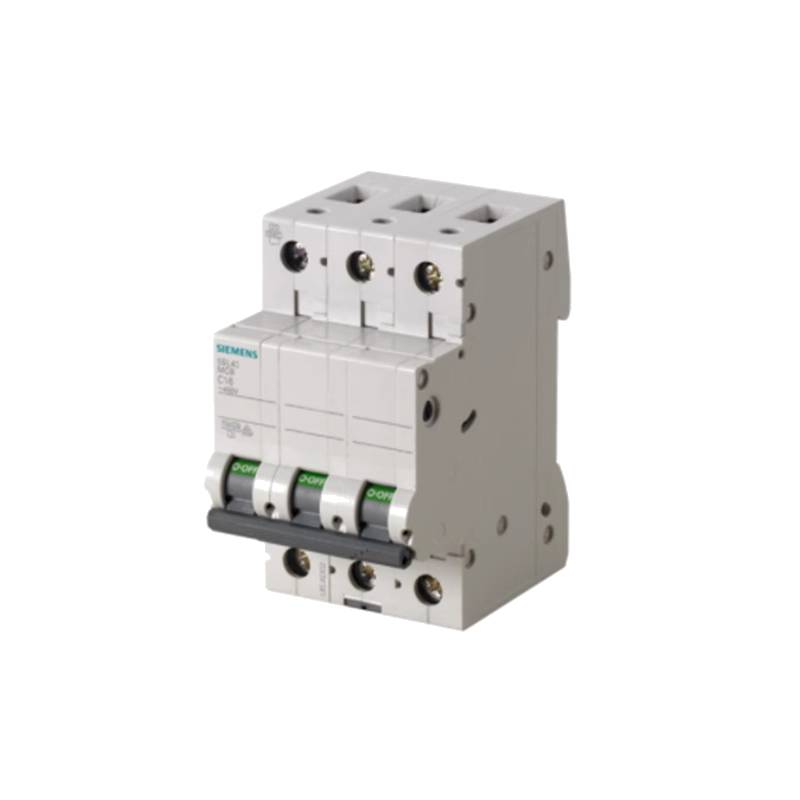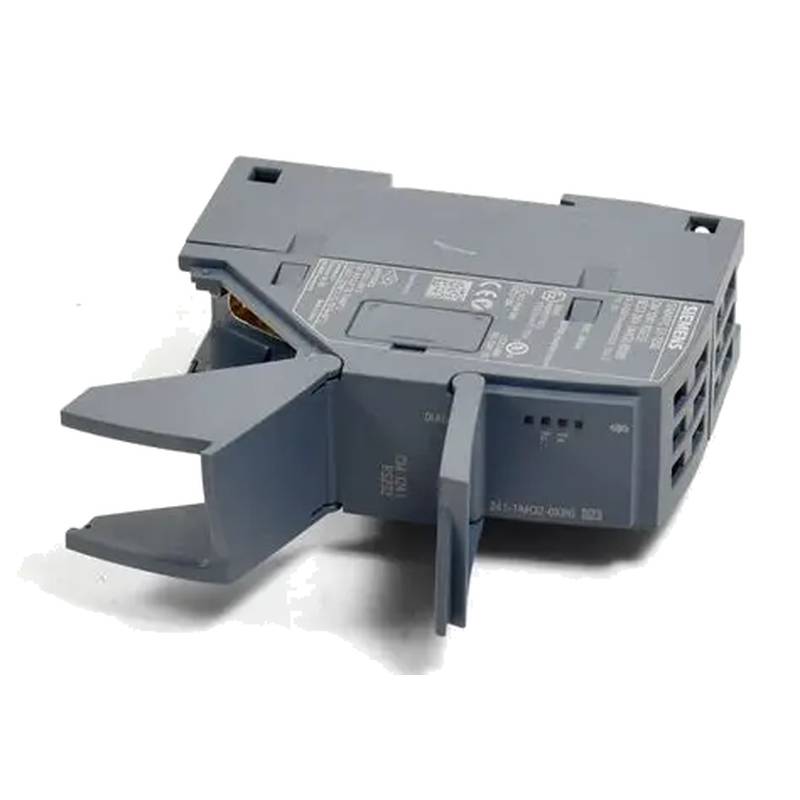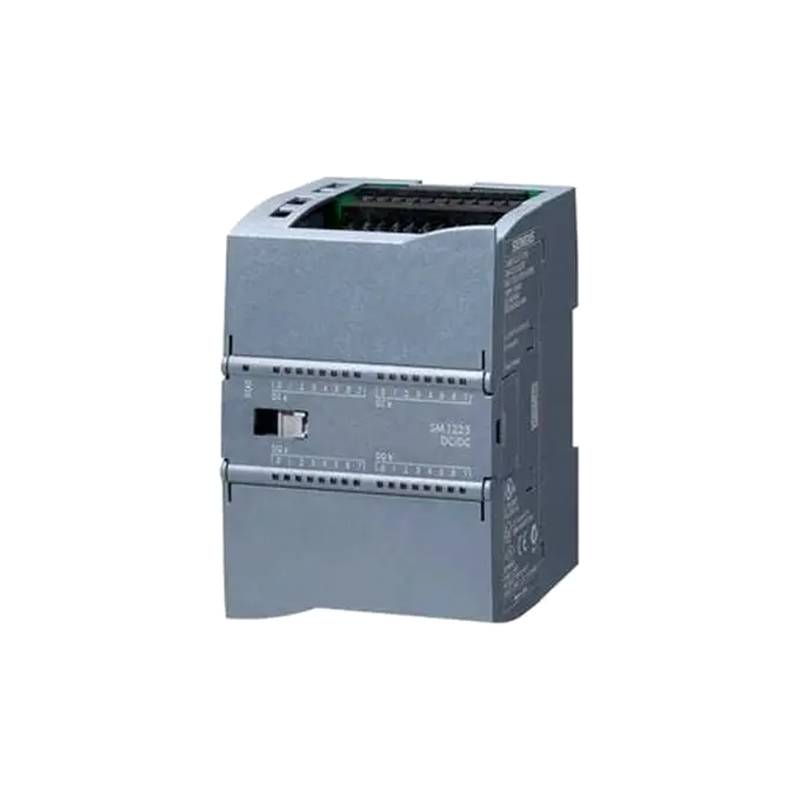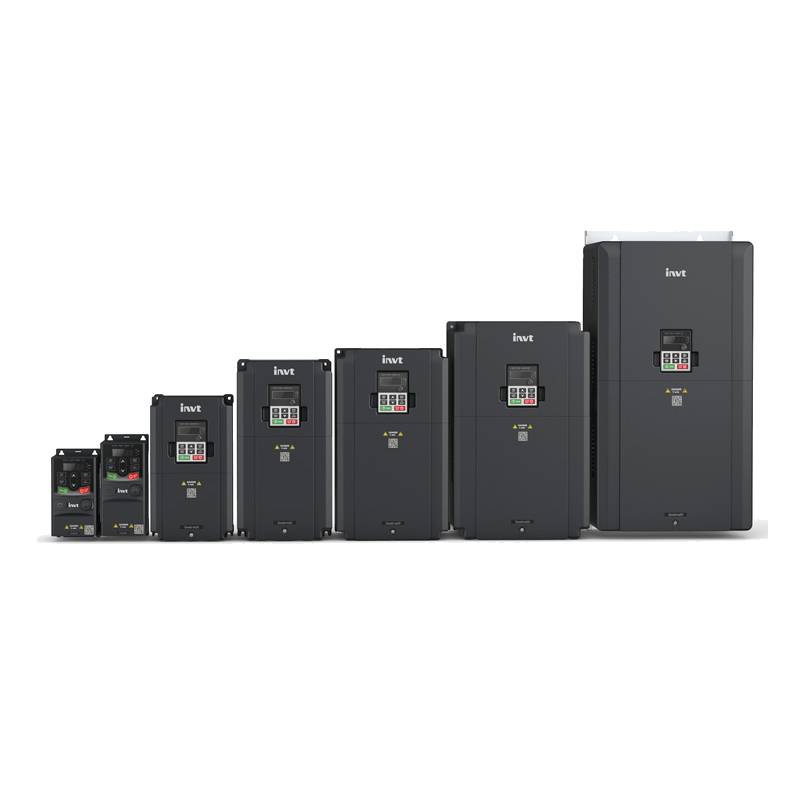
The Siemens 7KT1665 Single-Phase DIN Rail Energy Monitor is a robust solution for precise energy measurement in industrial and commercial applications. This compact device offers unparalleled accuracy, real-time data acquisition, and seamless integration into existing power monitoring systems. Its key advantages include its DIN rail mountable design for easy installation, a clear digital display for immediate readings, and advanced communication capabilities for remote monitoring and analysis. Essential technical parameters include a voltage range of 230V AC, a current rating of 5A to 60A, a frequency of 50/60 Hz, and an accuracy class of B for active energy (1.0) according to IEC 62053-21. The Siemens 7KT1665 is designed for reliable performance in demanding environments, providing critical insights into energy consumption patterns.
Product Specifications
| Parameter | Specification |
| :------------------- | :---------------------------- |
| Product Type | Single-Phase Energy Monitor |
| Mounting Type | DIN Rail |
| Voltage (Nominal) | 230V AC |
| Voltage Range | 184V - 264.5V AC |
| Current Rating | 5A - 60A |
| Frequency | 50/60 Hz |
| Active Energy Class | Class 1.0 (IEC 62053-21) |
| Reactive Energy Class| Class 2.0 (IEC 62053-23) |
| Display | LCD |
| Communication | MODBUS RTU (RS485) |
| Operating Temperature| -25°C to +55°C |
| Dimensions (H x W x D)| 99mm x 35mm x 63mm |
| Protection Class | IP20 |
Core Features & Market Positioning
The Siemens 7KT1665 distinguishes itself through its high-precision measurement capabilities, crucial for energy audits and cost management. Its integration of MODBUS RTU communication via an RS485 interface positions it as a versatile component within Building Management Systems (BMS) and SCADA environments. This device offers a competitive edge by providing granular data that enables proactive energy optimization and anomaly detection, differentiating it from simpler metering solutions. The Siemens brand assurance further solidifies its market position as a reliable and technologically advanced energy monitoring tool for professionals prioritizing accuracy and long-term performance.
Key Application Scenarios
This energy monitor is ideally suited for sub-metering in commercial buildings, monitoring individual circuits in industrial facilities, and managing energy consumption in residential complexes. It plays a vital role in identifying energy waste in lighting, HVAC systems, and machinery. For facility managers and electrical engineers, the Siemens 7KT1665 is instrumental in load profiling, tariff management, and ensuring compliance with energy efficiency regulations. Its application extends to renewable energy installations for monitoring grid feed-in and consumption.
Practical System Integration Guidance
Installation of the Siemens 7KT1665 involves direct integration into the power line via its current transformer (CT) input or direct connection for currents up to 60A. Wiring the RS485 communication port is straightforward, typically connecting to a central gateway or PLC for data acquisition. Configuration of the MODBUS RTU parameters, such as slave address and baud rate, is essential for seamless integration into a supervisory system. It is recommended to consult the Siemens installation manual for specific wiring diagrams and communication setup examples to ensure optimal system performance and data integrity.
Operation and Risk Mitigation
Operating the Siemens 7KT1665 is intuitive, with its LCD providing real-time display of voltage, current, power factor, active and reactive power, and cumulative energy consumption. Risk mitigation primarily involves adhering to electrical safety standards during installation and maintenance. Proper grounding and isolation procedures are paramount. While the device is designed for high reliability, potential issues like communication dropouts can be addressed by checking RS485 wiring integrity and ensuring correct MODBUS addressing. Overload protection is inherent to its design, but exceeding the specified current limits could lead to device damage.
Scalability & Long-Term Value
The Siemens 7KT1665 offers significant scalability through its MODBUS RTU interface, allowing for the integration of numerous monitors into a single network. This facilitates the expansion of energy monitoring across an entire facility or multiple sites. Its compatibility with various SCADA and BMS platforms ensures that it can be incorporated into both existing and future smart grid or IIoT initiatives. The long-term value is derived from its accurate data, which supports continuous energy cost reduction strategies and helps organizations meet sustainability goals, making it a sound investment for evolving energy management needs.
Frequently Asked Questions
Q1: What is the primary function of the Siemens 7KT1665 energy monitor?
The Siemens 7KT1665 is designed for precise measurement of single-phase electrical energy consumption. It captures real-time data on voltage, current, power, and energy usage. This allows for detailed analysis of energy patterns within a system.
It provides critical insights for cost allocation and identifying areas of high energy demand. The device is essential for accurate billing and performance monitoring.
Its robust construction and accuracy class make it suitable for demanding industrial and commercial environments. It helps in optimizing energy efficiency.
Q2: How is the Siemens 7KT1665 installed on a DIN rail?
Installation is straightforward, utilizing a standard DIN rail mounting mechanism. The unit snaps securely onto the rail, simplifying panel assembly. Ensure the rail is properly grounded.
Connect the power conductors through the designated terminals. For higher currents, an external current transformer is used, with its output wired to the monitor's current input terminals.
Wiring for communication (RS485) and auxiliary power, if applicable, should follow the schematics in the user manual. Always adhere to local electrical codes.
Q3: What communication protocols does the 7KT1665 support?
The Siemens 7KT1665 supports the MODBUS RTU protocol. This is a widely adopted serial communication standard in industrial automation.
Data exchange occurs over an RS485 interface. This allows for integration into existing building management systems and SCADA networks.
Configuration of communication parameters like baud rate and slave ID is crucial for successful data retrieval. This enables remote monitoring and control.
Q4: What are the accuracy specifications for energy measurement?
The 7KT1665 boasts an accuracy class of 1.0 for active energy, as per IEC 62053-21. This ensures highly reliable measurement of energy consumed.
For reactive energy, it achieves an accuracy class of 2.0 according to IEC 62053-23. This provides comprehensive power flow analysis.
These accuracy levels are critical for precise billing, energy audits, and performance verification in demanding applications. Accuracy is maintained across its operating range.
Q5: Can this energy monitor be used for both residential and industrial applications?
Yes, its versatile design makes it suitable for a broad range of applications. In residential settings, it can meter individual apartment units or large appliances.
Industrially, it's used for sub-metering specific machines, production lines, or entire electrical panels. This aids in precise cost allocation and operational analysis.
Its robust build and comprehensive features cater to the demands of commercial and industrial power monitoring needs effectively. It supports accurate load profiling.
Q6: What is the maximum current rating for the Siemens 7KT1665?
The 7KT1665 is designed to monitor currents up to 60 Amperes directly. This direct connection simplifies installation for many applications.
For systems with higher current demands, an external current transformer (CT) is utilized. The monitor then measures the secondary current from the CT.
Always ensure the selected CT ratio is appropriate for the expected load to maintain measurement accuracy and device protection. Exceeding limits can damage the unit.
Q7: How does the MODBUS RTU interface benefit system integration?
The MODBUS RTU interface enables seamless integration with various industrial control systems. It's a standard protocol for data exchange.
This allows for centralized data logging, analysis, and remote monitoring of energy consumption across multiple devices. It streamlines operations.
Integration facilitates advanced energy management strategies, fault detection, and automated responses based on real-time energy data. This enhances system efficiency.
Q8: What are the typical environmental operating conditions for this device?
The 7KT1665 is built to operate reliably within a temperature range of -25°C to +55°C. This covers a wide spectrum of industrial environments.
It has a protection class of IP20, indicating it is protected against solid objects larger than 12.5mm and from dripping water. It's suitable for clean indoor installations.
Proper ventilation within the electrical enclosure is recommended to maintain optimal operating temperatures and ensure longevity. Avoid excessively dusty or humid locations.
Q9: Does the Siemens 7KT1665 offer any form of energy saving features?
While the device itself doesn't directly "save" energy, its core function is to provide the data necessary for energy saving. It precisely measures consumption patterns.
By analyzing the detailed data from the 7KT1665, users can identify inefficiencies and implement targeted energy reduction strategies. This includes identifying equipment overuse or standby power waste.
Accurate sub-metering allows for informed decisions regarding operational changes, equipment upgrades, and load management, ultimately leading to significant energy savings. It empowers users to optimize usage.
Q10: What troubleshooting steps can be taken if the device is not communicating?
First, verify the physical wiring of the RS485 communication lines (A and B). Ensure they are correctly terminated and free from shorts.
Check the MODBUS communication parameters (baud rate, parity, stop bits, slave ID) on both the master device and the 7KT1665 to ensure they match. Consult the device manual for default settings.
Inspect the power supply to the energy monitor and the communication interface. A stable power source is crucial for reliable communication.
















